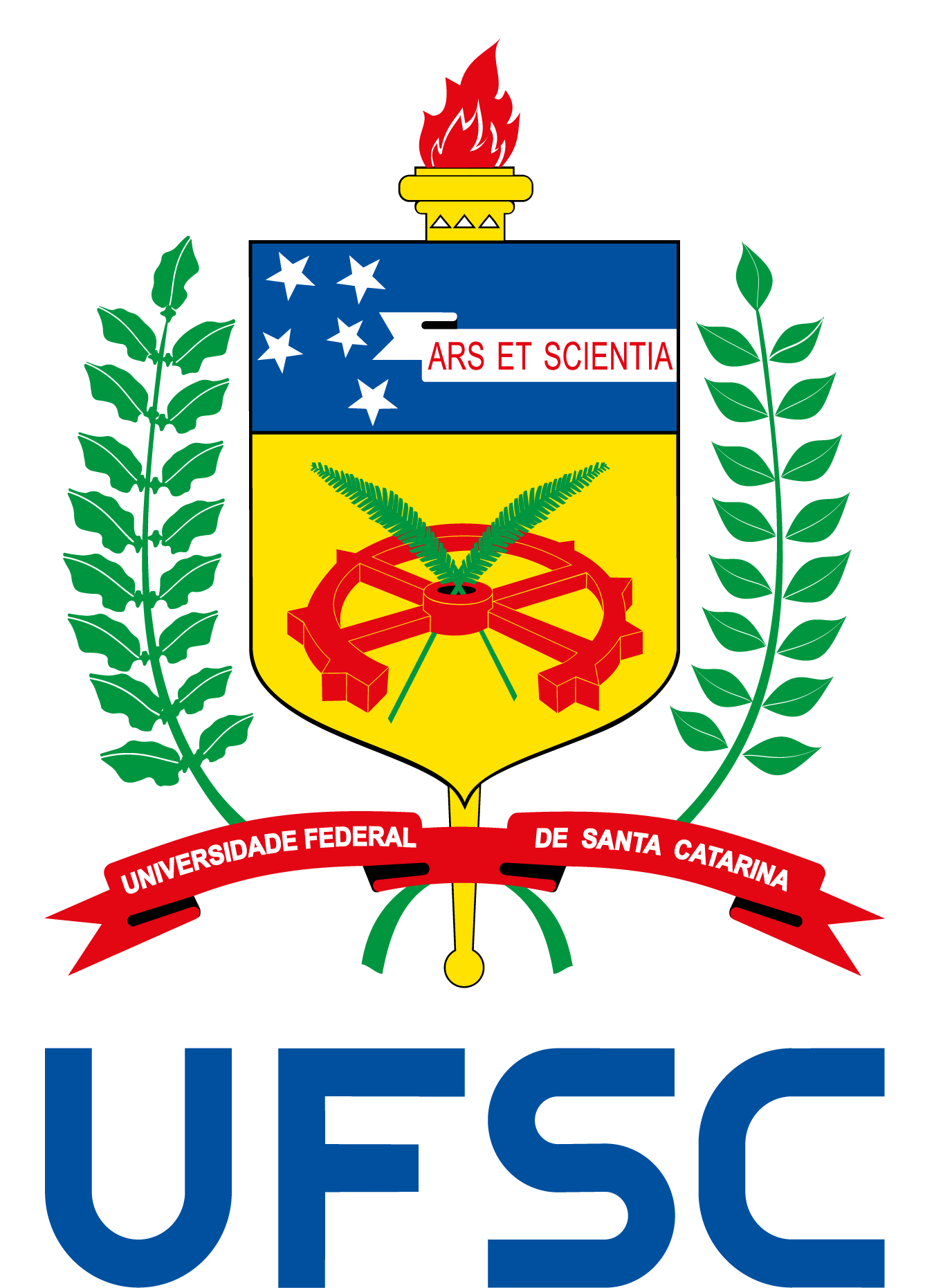Examen de Cualificación al Doctorado de Felipe dos Passos – 1 de julio de 2016 – viernes-10:15 am
El Programa de Posgrado en Física invita a todos para:
Examen de Cualificación al Doctorado
Felipe dos Passos
Teoria de transporte para o modelo Nambu-Jona-Lasinio SU(2) com campo magnético uniforme
Jurados
Prof. Dr. Sidney dos Santos Avancini – (presidente) – UFSC/FSC
Prof. Dr. Jeferson de Lima Tomazelli – (miembro titular) – UFSC/FSC
Prof. Dr. José Ricardo Marinelli – (miembro titular) – UFSC/FSC
Prof. Dr. Wagner Figueiredo – (miembro titular) – UFSC/FSC
Fecha: 1 de julio de 2016-sexta-feira- Horario: 10:15 am – Lugar: Sala 212 – Auditorio del Departamento de Física
Sustentación de Tesis de de Luana Carina Benetti – 24 de junio de 2016 – viernes – Horario: 9:00 am
El programa de Posgrado en Fisica invita a todos para la:
Sustentación de Tesis
Luana Carina Benetti
Desenvolvimento de nano-osciladores utilizando litografia de máscaras duras de TiW
Jurados:
Prof. Dr. Alexandre da Cas Viegas – (presidente) – UFSC/FSC
Dr. Rubem Luis Somer – (miembro externo) – CBPF/EXP
Prof. Dr. Giovanni Zangari – (miembro externo) – University of Virginia
Prof. Dr. Márcio Santos – (membro titular) – UFSC/FSC
Prof. Dr. Ivan Helmuth Bechtold – (miembro titular) – UFSC/FSC
Dr. Rafael Domingues Della Pace – (miembro titular) – UFSC/FSC
Prof. Dr. Milton Andre Tumelero – (miembro suplente) – UFRGS/IF
Fecha: 24 de junio de 2016 – viernes – Horario: 9:00 am – Lugar: Sala 114 – Sala de Reuniones del Departamento de Física
Seminário con el prof. Prof. Dr. Marcelo M. Guzzo – 24 de junio de 2016 – 10h15min
EL PROGRAMA DE POSGRADO EN FÍSICA invita a todos para lo seminario:
Oscilações Quânticas de Neutrinos e o Prêmio Nobel de Física de 2016
Prof. Dr. Marcelo M. Guzzo
Instituto de Física da UNICAMP
Resumen:
O Prêmio Nobel de Física de 2015 foi concedido aos Profs. McDonald e Kajita, coordenadores dos experimentos SNO e Superkamiokande, pelas «descobertas das oscilações quânticas de neutrinos, que mostraram que os neutrinos têm massa». Neste seminário apresentaremos as características e a história desta partícula misteriosa e onipresente cujos estudos receberam, até o momento, oito Prêmios Nobel de Física. Enfatizaremos as oscilações quânticas de neutrinos e a necessidade de massa para os neutrinos.
Fecha: 24 de junio de 2016- (viernes) – Lugar: Sala 212 – Auditorio del Departamento de Física – Horário: 10h15min
(Português) Discente do PPGFSC recebe prêmio de melhor poster
(Português) Homologação das inscrições Processo Seletivo 2016/2
Seminário con el prof. Dr. Oliver Q. Hamil – 10 de junio de 2016 – 10h15min
EL PROGRAMA DE POSGRADO EN FÍSICA invita a todos para lo seminario:
On The Spin Evolution of Isolated Pulsars
Dr. Oliver Q. Hamil
Pós-doutorando – UFSC/FSC
Resumen:
Isolated pulsars are a class of neutron stars that are spinning at high frequencies, and emit beams of electromagnetic radiation into space which appear like lighthouses to observers on earth. Observations of these objects span a few decades, and some of them have been documented with very high accuracy. Measurements of the pulsar rotational velocity Ω, and its time derivatives Ω and ̇ Ω, show that they slow down over time. The generally ̈ accepted explanation for the spin-down is that the pulsars behave like magnetic dipoles that lose energy in the form of electromagnetic radiation causing them to slow over time. This assumption of magnetic dipole radiation (MDR) leads to a general power law constructed from observation, Ω = ̇ −KΩ n is exactly 3 for MDR, but accurate observational measurements consistently yield values of 1.0 < n < 2.8. The reason for this discrepancy is unknown. In the present work we aim to improve understanding of the braking index through a two pronged investigation. We approach the problem by allowing for dynamical changes in the neutron star properties required in the braking index solution. We develop a frequency dependent model of the braking index that allows changing moment of inertia of the star, and changes in magnetic field properties in the MDR torque mechanism. For the first time, we have the opportunity to use physically realistic equations of state, along with state of the art computational codes to determine the dynamic properties of the neutron star needed in the modified braking index model. We probe the stars at constant baryonic rest masses ranging from 1.0M to 2.2M over a range of frequency spanning from zero to the Kepler (mass shedding) frequency for each star. We find that the braking index is sucseptible to changes in moment of inertia at very high frequencies, but unaffected in the lower frequency range where all of the reliably measured pulsars rotate. At low frequencies, however, we were able to again match the measured values by allowing for a change in the orientation of the magnetic moment of the dipole over time, in light of recent developments in the literature.
Fecha: 10 de junio de 2016- (jueves) – Lugar: Sala 212 – Auditorio del Departamento de Física – Horário: 10h15min







